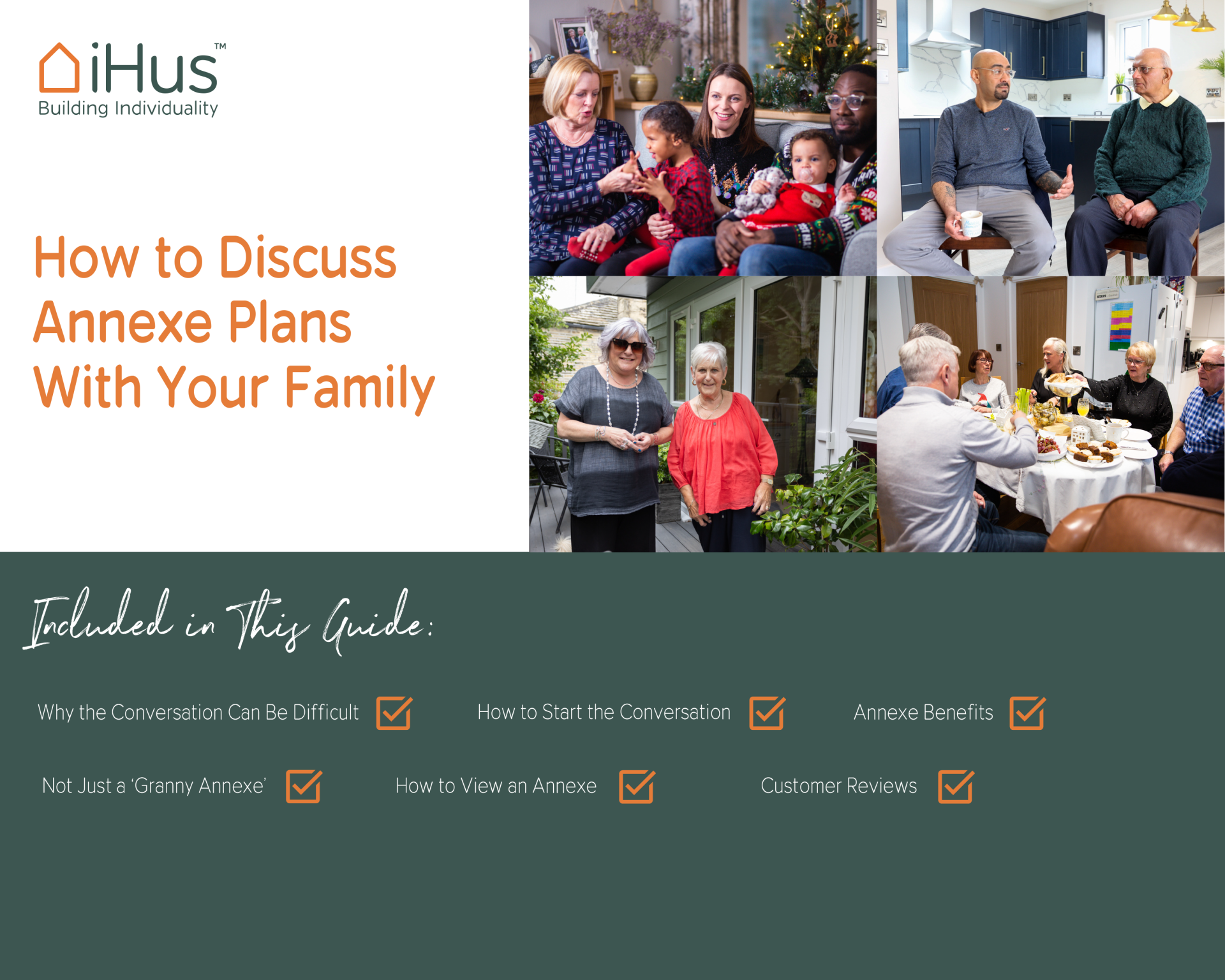Do I Need Planning Permission to Build a House in the Garden
Building a house in your own garden is the self-builder’s dream ticket – so it’s no wonder there are now more than 39,000 in England and Wales alone. Despite its popularity, there’s often a lot of confusion surrounding garden home construction; and whether you actually need planning permission in order to do it. If you ask ten people – you’ll likely get ten different answers; but take it from us – the annexe professionals, you most certainly will.
No matter who’s in it, if the building is designed to be completely self-sufficient – and is intended for everyday living; you’ll need planning permission, or a certificate of lawfulness, from your Local Planning Authority (LPA).
Don’t let this act as a deterrent though. Gaining the appropriate permission can often be a confusing process; but planning policy on garden construction has relaxed in recent years. The current housing crisis – and the inability for young people to get on the property ladder; has led to LPAs becoming more open to creative living solutions.
Why it’s important to get Planning Permission
People construct an additional living space in the garden for all sorts of reasons – but most of them are intended for semi-permanent use. Whether it’s planned to house adult children – as their first step on the property ladder, or as a care home alternative for elderly relatives; it’s likely whoever’s in it will be there for some time.
A garden home without planning permission is a disaster waiting to happen. Sure you can put one up – and you might even get away with it for several years; but if you’re suddenly told the building must come down, where would that leave the people occupying it? Gaining planning permission – and getting it right the first time, is crucial if you want your plans to have any longevity.
What doesn’t Need Planning Permission
With annexes – confusion often arises on whether or not you need planning permission due to some types of building not requiring it. One important factor affecting the need for it – is what the space will be used for. Fully self-contained units – featuring the necessary kitchen, living and bathroom areas for independent living; will most definitely require planning permission.
However, this doesn’t apply if the building is intended as a garden office – or any other kind of supplementary living space. The vast majority of garden sheds, summer houses and log cabins should be good to go without acquiring permission. Indeed, so long as they don’t extend beyond specific dimensions – or take up more than 50% of the property’s outdoor land; they are usually classed as permitted development, and do not require planning permission as a result.
What They Look For
To determine your ability to build an annexe in the garden, local councils will examine several factors in line with policies they’ve produced. For example, annexes must be constructed within your residential curtilage – meaning that property boundaries will need to be checked. Most councils also publish minimum separation distances for new developments. These limits ensure that new-builds do not negatively impact a neighbour’s right to privacy, or access to sunlight.
Furthermore – while your annexe doesn’t need to copy the design of your current home or the house next-door; it will need to fit in with the character of the neighbourhood as a whole. Safe access and adequate parking will also be important in some settlements; while a ‘zero-car use’ rule may be applicable in others.
There are a plethora of other factors to consider too – and many of them can be easily overlooked by the untrained eye. From how your development will dispose of surface water, to local politics and the ecology of your plot; it can easily get overwhelming. As such, it’s recommended you seek professional planning advice – well in advance of making an application.
The Alternative for Rejected Applications
In some cases – applying for planning permission through the standard Householder Planning Application Process, is simply not a viable option. Though a potential build can be rejected for a wide variety of reasons; there are still some workarounds that could allow for your annexe to be constructed lawfully.
The most common alternative is applying for a Certificate of Lawfulness through the Caravan Sites Act 1968. At iHus, many of our structures can be easily adapted to meet the legislation’s three criteria regarding mobility, size and construction method. As such, in the unlikely event we’re not able to secure planning permission through standard means; we’ll still be able to construct a self-contained annexe in your garden – without breaking the law.
Getting the Right Help
Before starting on a new build, you’ll need to hire the relevant people to carry out the work. From sourcing an architect to designing your annexe’s blueprint; to finding a construction company for the build itself – there’s a lot to consider. To help simplify the process, it’s recommended you seek out a company that can deliver on every aspect of annexe planning and construction.
Here at iHus, we pride ourselves on having the right people to do just that. With an excellent reputation in the industry, there’s no need to appoint an architect, as we take care of your entire annexe journey for you. From your drawings, to gaining planning permission, right through to handing over the keys to your new home – and with more than 400 annexes under our belt; we have the skills and experience necessary to make your garden home a reality.
Leave it to iHus
Here at iHus, we can help in gaining planning permission too; we’re proud to say we’re experts in this field. In fact, we’re so confident in our ability to secure successful planning permission results – we even offer a full, money-back guarantee on our range of annexes.
Talk to our friendly and experienced team today to see how we can help give that space in your garden the new lease of life it deserves.

